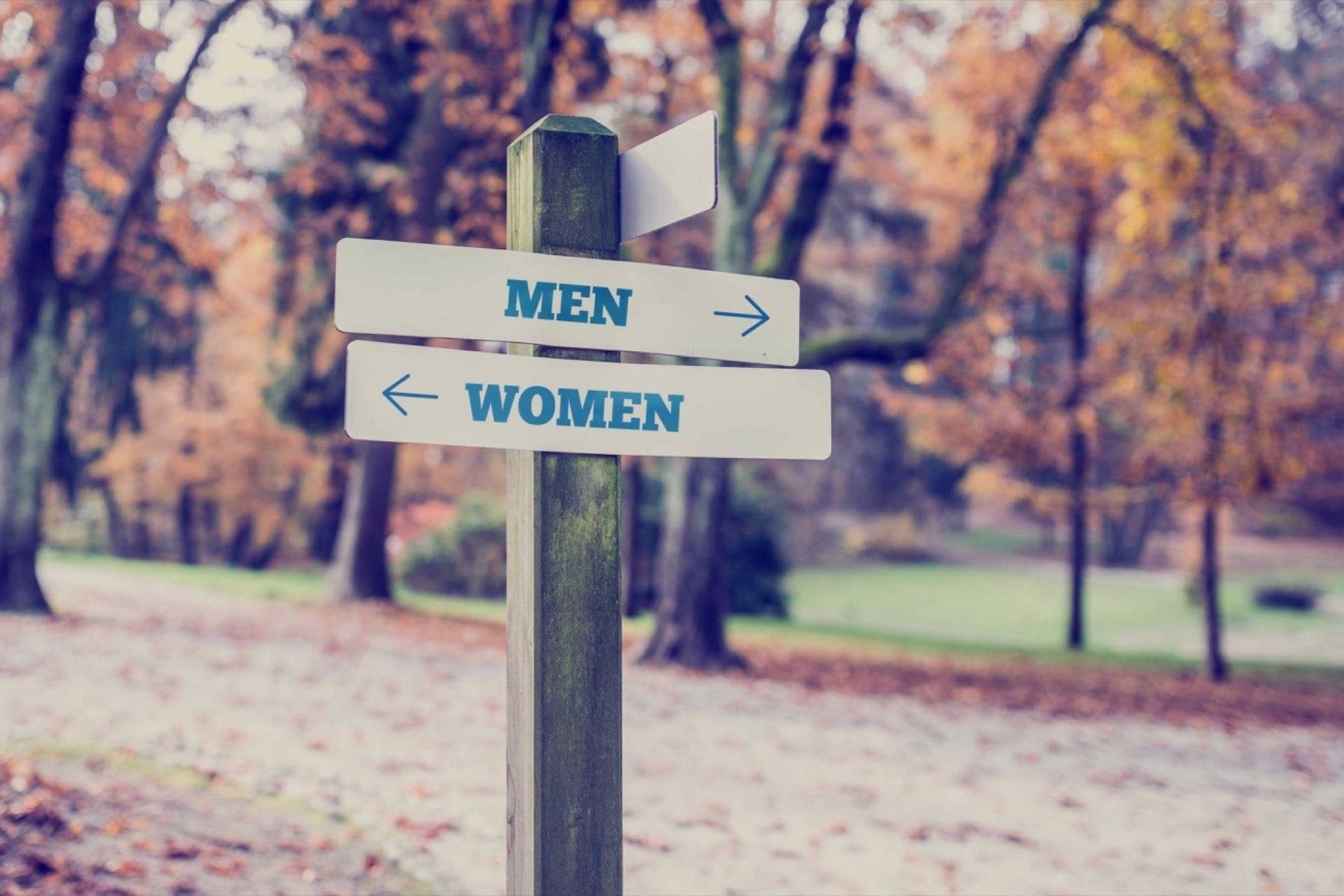How to Stop Unconscious Bias Before It Starts, Against the People You Hire Research shows that candidates who are different from an otherwise homogenous group of finalists stand little chance of getting hired, even if they are the most qualified.
By Heather R. Huhman Edited by Dan Bova
Opinions expressed by Entrepreneur contributors are their own.

Shortly after Jason Thibeault became a recruiter, he told me, he met with Terrell, a former employee of his, to catch up and go over Terrell's resume, since Terrell was looking for a new job and wanted Jason's opinion.
Related: 5 Ways to Make Your Company's Hiring Process More Fair
Jason, it turned out, was amazed by the resume's high quality: Since the two men had worked together, Terrell had gone on to do great things in his career. However, one thing struck Jason as odd.
At the top of the resume, Terrell had listed his name as "T. Andrew Smith." "Should I start calling you 'Andrew' now?" Jason asked.
No, Terrell answered; he went by "Andrew" only on his resume. When Jason asked why, Terrell, a blond-haired, blue-eyed white man, responded with a simple question: "Have you ever met a white man named Terrell?"
That's when Jason, now a partner at Moore eSSentials in Carol Stream, Illinois, realized that despite his stellar resume, Terrell wasn't getting called for interviews because of his name's racial connotations. It's a story that painfully illustrates how unconscious bias can limit an organization's ability to find great talent.
And if it's a story that sets off any alarms about your organization, here are four ways to mitigate them before you make your next hire:
1. Rethink job descriptions.
Job descriptions are the first screen job-seekers face when applying for a job. They read the listed responsibilities and get a sense of the company culture through the posting's verbiage. Based off that information, they decide if they could be successful in the role.
But there may be subtle cues that can encourage or deter candidates from applying. For example, gendered words might imply the ideal candidate is male or female.
In 2016, ZipRecruiter looked at data gathered from the millions of job postings on its site. The research found that across industries, 70 percent of job descriptions contained gender-biased words. The neutral posts, meanwhile, received 42 percent more applicants, creating a bigger talent pool from which the companies posting them could draw.
Sounds good. But don't think gendered words are all that easy to spot. "At 2U, we recently began using a software called Textio to evaluate our job postings before they're advertised on our career page," Nicole Thomsen, head of corporate recruiting at 2U, in Landover, Maryland, told me. "We saw that seemingly innocuous phrases we tended to use, as a fun and creative company -- like "ninja' or "rockstar' -- can actually be masculine or feminine trending."
Related: When Company Culture Becomes Discrimination
The lesson, then, is to use analytic tools to identify which words are keeping certain demographics from applying for your positions. Then remove and replace those words with neutral phrasing to open up your pool of potential applicants.
2. Discuss possible stereotypes before interviewing.
Open discussion is a huge part of addressing unconscious bias. Talking about stereotypes can be awkward, but it brings possible prejudices to light before the hiring process even begins.
If there's a certain type of person all your team members imagine in the role, question why that is. Does a certain appearance actually equate with success in the role? Chances are, the answer is no.
Discussing that bias allows team members to adjust their idea of the perfect candidate. Otherwise, it's likely that the candidate who "looks the part," but is not actually the most qualified, will get the job.
"I previously worked for a large employer where the sales team was made up of nine white men who were all very clean cut, between six-foot-one and six-foot-three inches [tall], and had a certain 'Captain America' look to them," said Steven Benson, founder and CEO of Badger Maps in San Francisco.
"The hiring decisions were being made by the VP of sales, who had the same look. Unconsciously, he probably thought that, 'This is what salespeople should look like,' but it looked more like he was picking a water polo team, not a sales team."
Avoid a similar mistake at your company by educating the team about unconscious bias. There are free resources available through Grovo. The site's microlearning lessons are designed to help hiring managers -- and all employees -- become more aware of how unconscious bias might influence their decisions.
3. Take a look at the final pool of candidates.
Research published in April 2016 in the Harvard Business Review looked at three experiments designed to help participants learn about unconscious bias in the hiring process.
In the experiments, more than 140 undergraduate students were asked to pick a final candidate to hire. All finalists had comparable credentials; the only difference was their race or gender.
In each experiment, participants chose one of the candidates from the majority. If the final three applicants consisted of two males and one female, participants hired a male candidate. If two candidates were black and one was white, they chose a black candidate.
In other words, candidates who are different from an otherwise homogenous group of finalists stand little chance of getting hired, even if they are the most qualified.
Avoid this pitfall at your organization by looking at the final candidate pool and backing up any hiring decision with quantifiable data about the candidates. How? Tools like Unitive can help teams objectively evaluate applicants.
Unitive scores each individual on their skills and performance during the interview process, so even if the best candidate is the minority in the final pool, data will show him or her as the clear leader.
4. Review what was said post-interview.
Sometimes, in the moment, a hiring manager doesn't realize his or her bias toward one candidate or another. What this person perceives as "making a connection" with a candidate is actually unfair bias.
"I observed an interview where two people had very similar backgrounds, but one was a woman and one was a man," said Max Brown, founder of Silicon Beach Talent, in Los Angeles. "The interviewer asked both the same set of questions, but the depth of conversation before and after the main questions was completely different.
"One candidate was engaged in a discussion about whether he supported the football team for his alma mater. The other had a very polite, but much shorter and more superficial conversation about how her day was going."
Brown went on to point out that one of hiring managers' most common forms of unconscious bias entails gravitating toward people who are similar to them. This causes a problem because managers underestimate their ability to prevent prejudice from impacting their decision.
So, approach the interview differently. Record each meeting, and revisit it as a team afterward. Focus not on what the candidate said, but rather the interviewer himself (or herself). This will bring to the surface any discrepancies in tone, questions asked or general friendliness.
Related: Accommodating an Employee's Religion Just Got Even More Complicated
With this type of analysis, everyone, in the future, will be more aware of the nuanced ways they might be favoring a particular candidate -- and stop that unconscious bias before it starts.












